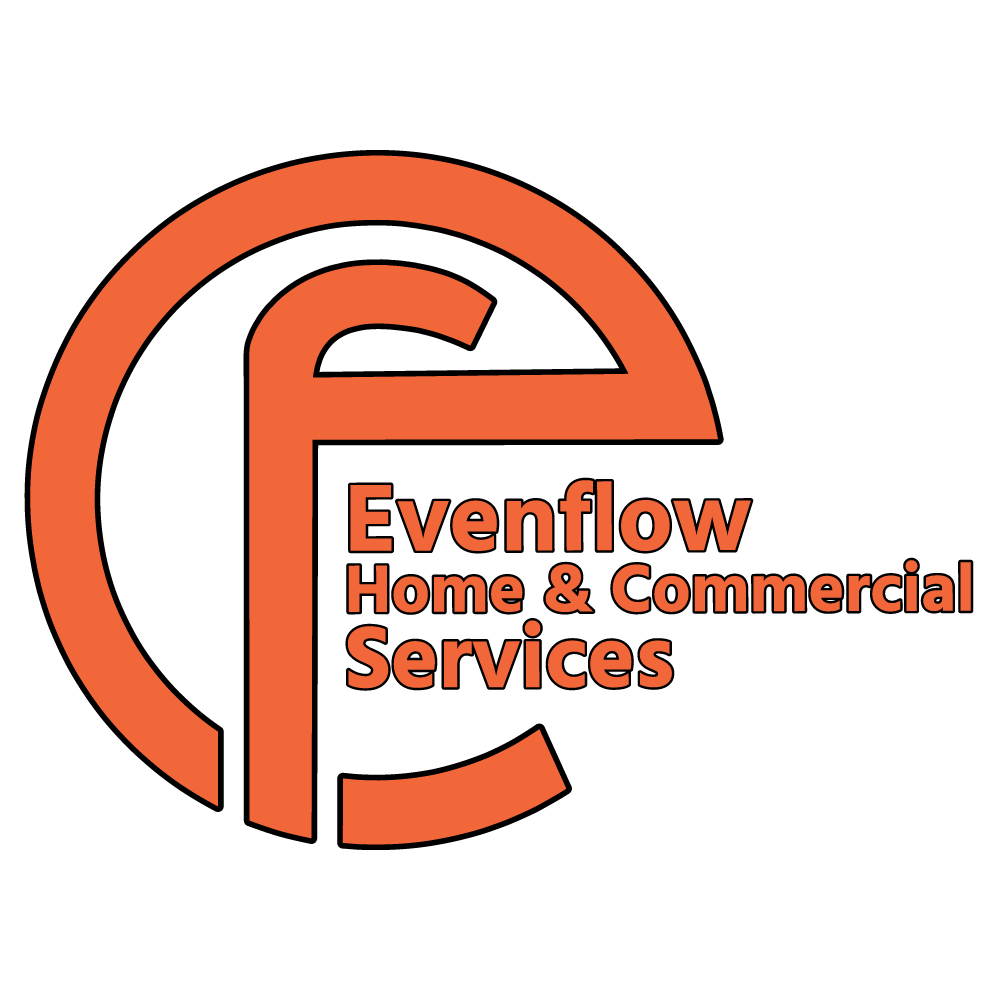Understanding a Home’s Plumbing Layout
The main water supply line connects the home to the municipal water or private well, with a nearby shut-off valve crucial for emergencies like burst pipes.
A clear understanding of a home’s plumbing layout is crucial for effective maintenance and prompt problem resolution. This knowledge helps identify issues quickly and communicate effectively with a licensed plumber when professional assistance is needed. Exploring the basic components and structure of a residential plumbing system can demystify the complexities of home plumbing and contribute to a well-maintained household.
Main Water Supply Line
The main water supply line is the home’s primary water source. It connects the municipal water supply or a private well to the house. Typically located in the crawl space or utility room, this line feeds water into the home’s plumbing system. The main shut-off valve near the point where the water line enters the house is essential for controlling the water flow. Property owners should know the valve’s location so that in an emergency, such as a burst pipe, they can shut off the water quickly to prevent property damage.
Branch Lines
Branch lines distribute water from the main supply line to various fixtures and appliances throughout the home. These smaller pipes extend to sinks, showers, toilets, washing machines, and other water-using appliances. Understanding the layout of these branch lines helps diagnose localized plumbing issues and isolate problems to specific areas of the home.
Hot and Cold Water Lines
The plumbing system includes separate lines for hot and cold water. Cold water lines run directly from the main supply, while hot water lines connect to the water heater before being distributed to fixtures. The water heater’s location is crucial for identifying the starting point of the hot water lines. Regular maintenance of hot and cold water lines, including checking for leaks and insulating pipes, contributes to efficient and reliable water delivery.
Drainage System
The drainage system removes wastewater from a home. It consists of drainpipes, traps, and vents that work together to ensure proper drainage and prevent sewer gases from entering the living spaces. Drainpipes carry wastewater away from fixtures to the main sewer line or septic tank. Traps, typically located under sinks, are curved sections of pipe that retain a small amount of water to block sewer gases. Vents often extend through the roof, allowing air to enter the drainage system, facilitating smooth water flow, and preventing vacuum locks.
Main Sewer Line
The main sewer line is a central drainage system component, carrying wastewater from the home to a municipal sewer system or septic tank. This line is usually buried underground and connects to the home’s drain pipes. Regular inspection and maintenance of the main sewer line includes checking for blockages or tree root intrusions. These inspections help prevent serious plumbing issues. A licensed plumber can perform them and address any problems that arise.
Vent Pipes
Vent pipes are essential for maintaining proper air pressure in the drainage system. They allow air to enter the system, ensuring wastewater flows smoothly through the pipes. Vent pipes also release sewer gases outside the home, preventing unpleasant odors and potential health hazards. These pipes typically run vertically from fixtures to the roof, releasing gases safely into the atmosphere. Ensuring that vent pipes remain unobstructed ensures efficient drainage system functioning.
Fixture Shut-Off Valves
Each plumbing fixture in the home, such as sinks, toilets, and washing machines, has its own shut-off valve. These valves allow for the isolation of specific fixtures during repairs or maintenance without disrupting the water supply to the entire house. Knowing the location of these shut-off valves and how to operate them is essential for handling minor plumbing issues promptly and effectively.
Water Heater
The water heater is vital to the home’s plumbing system, providing hot water for various uses. It is usually located in a basement, utility room, or designated closet. Regular water heater maintenance includes flushing the tank to remove sediment and anode rod inspection, supporting efficient operation and appliance longevity. Understanding the water heater’s connection to the plumbing system helps identify hot water supply issues and determine when professional service is needed.
Sump Pump
A sump pump is installed in homes in areas prone to flooding to remove excess water and prevent water damage. The sump pump activates automatically when water levels rise. Regular testing and maintenance ensure the pump is functioning correctly and protects the home from flooding.
Professional Assistance
While understanding a home’s plumbing layout is valuable for basic maintenance and troubleshooting, some issues require the expertise of a licensed plumber. Licensed plumbers can address complex problems, perform installations, and conduct thorough inspections. Establishing a relationship with a reliable plumbing service can provide peace of mind and ensure that any plumbing issues are resolved efficiently and effectively.
Evenflow Home Services has earned a strong reputation for providing comprehensive residential and commercial plumbing services. Emergency services available. Call today at (210) 941-3503.

